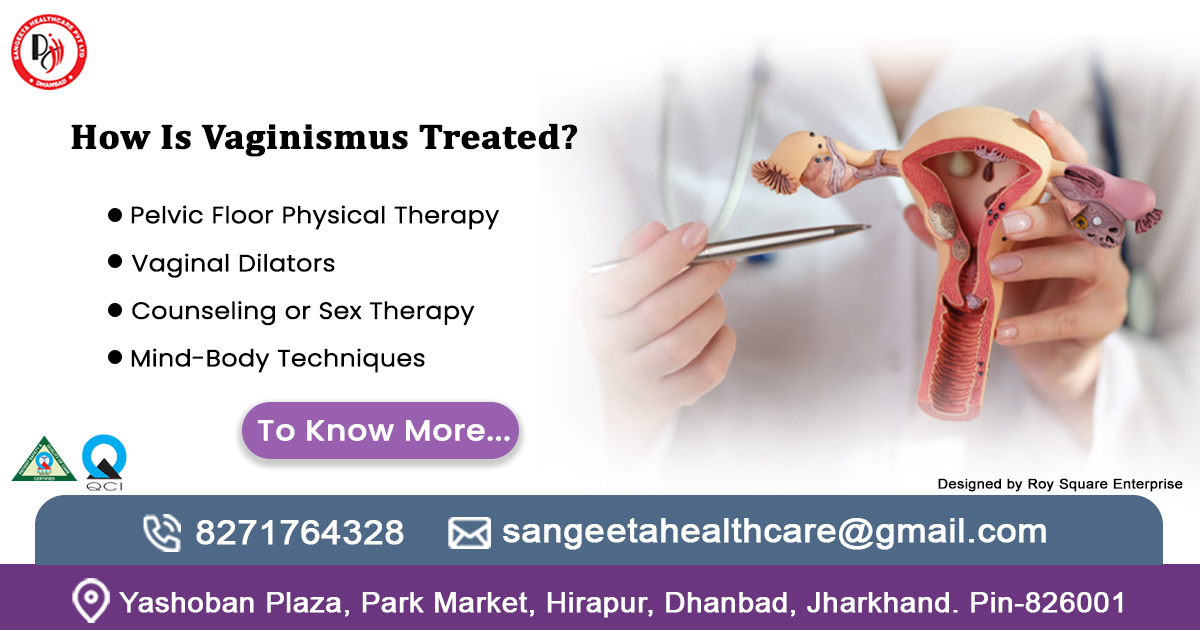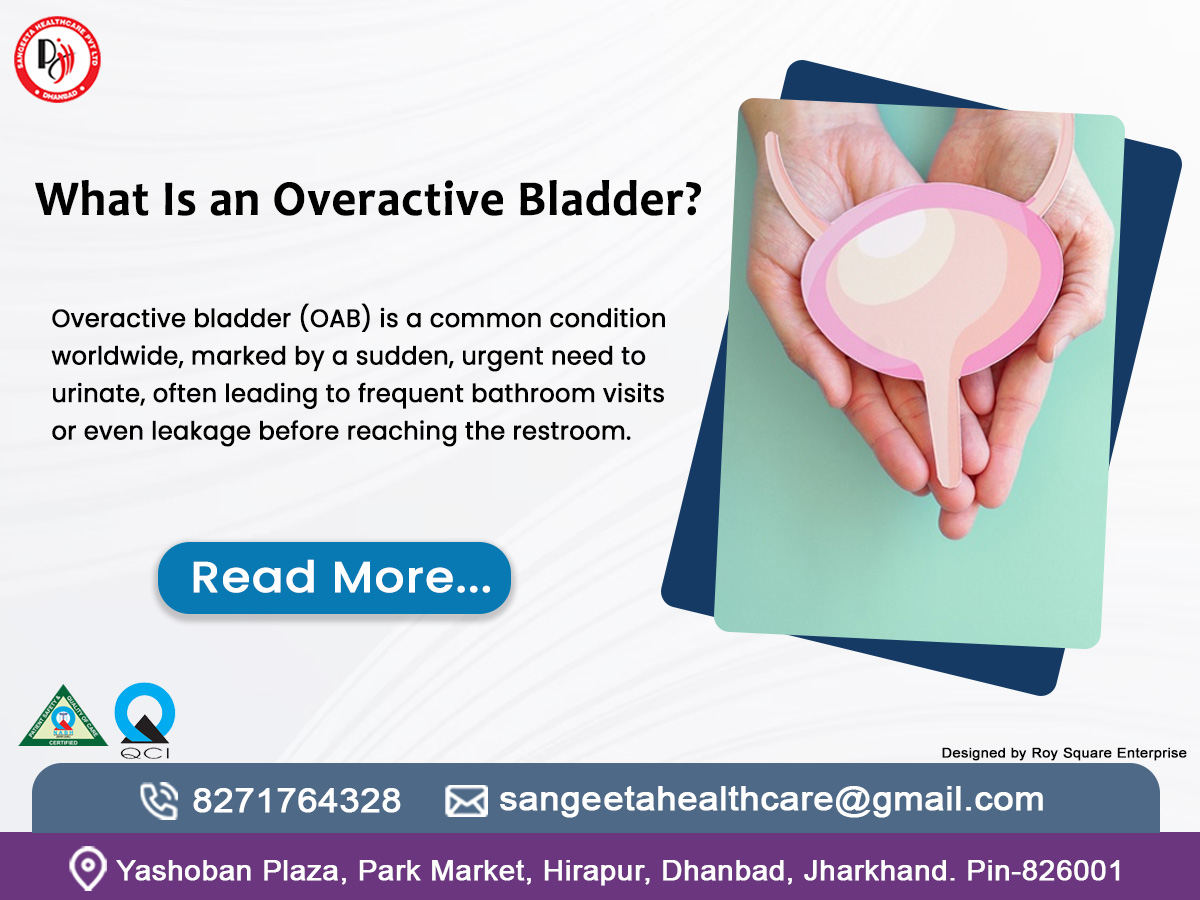Imagine a condition that silently affects countless individuals, often shrouded in misunderstanding or embarrassment, yet holds the power to disrupt physical comfort, emotional well-being, and intimate relationships. Vaginismus is one such medical challenge—a condition that deserves attention, empathy, and clear, actionable guidance. Whether you’re a healthcare professional seeking to deepen your knowledge or someone navigating this personally, understanding vaginismus is the first step toward empowerment and healing. This guide dives into every facet of this condition, offering clarity on its nature, its impact, and the pathways to recovery with the latest insights and expert-backed solutions.
What Is Vaginismus?
Vaginismus is a condition where the muscles around the vaginal opening involuntarily tighten, making penetration—whether during sexual intercourse, tampon insertion, or a medical exam—painful, difficult, or even impossible. This isn’t a choice or a conscious reaction; it’s an automatic response by the body, often rooted in physical, psychological, or emotional triggers. According to the American College of Obstetricians and Gynecologists (ACOG), vaginismus falls under the umbrella of genito-pelvic pain/penetration disorders, and it’s more common than many realize, affecting an estimated 1-6% of women globally, though underreporting suggests the true number may be higher.
For some, vaginismus is a lifelong struggle (primary vaginismus), while for others, it develops later due to specific events or conditions (secondary vaginismus). Regardless of its onset, the condition carries a profound emotional weight, often leaving individuals feeling isolated or misunderstood. But here’s the good news: vaginismus is treatable, and with the right approach, it’s possible to reclaim comfort and confidence.
Symptoms of Vaginismus: Recognizing the Signs
The “symptoms of vaginismus” can vary widely in intensity, but they share a common thread: involuntary muscle spasms that interfere with vaginal penetration. Here’s what to look out for:
– Pain or Burning Sensation: Attempting penetration often triggers a sharp or burning pain at the vaginal opening. This isn’t just discomfort—it can feel like hitting a physical “wall.”
– Involuntary Muscle Tightening: The pelvic floor muscles, particularly the pubococcygeus muscle, contract reflexively, preventing entry. This can happen during sexual activity, gynecological exams, or even when inserting a tampon.
– Difficulty with Penetration: For some, partial penetration is possible but painful; for others, it’s entirely blocked.
– Anxiety or Fear: The anticipation of pain can lead to a cycle of dread, making attempts at intimacy or medical checkups emotionally taxing.
– Emotional Distress: Feelings of shame, frustration, or inadequacy often accompany the physical symptoms, especially when the condition impacts relationships.
Research from the Journal of Sexual Medicine (2018) indicates that up to 75% of individuals with vaginismus report significant psychological distress alongside physical symptoms. This interplay between body and mind is critical to understanding the full scope of the condition—and it’s why addressing both is essential for effective treatment.
Causes of Vaginismus: What Lies Beneath?
The “causes of vaginismus” are as diverse as the individuals it affects, often stemming from a mix of physical, psychological, and emotional factors. Pinpointing the root cause is key to tailoring treatment, so let’s break it down:

– Psychological Triggers: Anxiety about sex, past trauma (such as sexual abuse or a painful first experience), or cultural messages that frame intimacy as shameful can train the body to tense up as a protective mechanism. A 2020 study in the Archives of Sexual Behavior found that 40% of vaginismus cases were linked to anxiety disorders.
– Physical Factors: Conditions like yeast infections, endometriosis, or pelvic injuries can make penetration painful, leading to a conditioned muscle response over time. Hormonal changes, such as those during menopause, can also dry out vaginal tissues, exacerbating discomfort.
– Emotional Stress: High levels of stress or unresolved relationship conflicts can manifest physically, tightening pelvic muscles without conscious intent.
– Lack of Education: For some, simply not understanding anatomy or sexual mechanics—often due to inadequate sex education—can spark fear and tension.
The “vaginismus emotional effects” cannot be overstated. When penetration becomes a source of pain or failure, it can erode self-esteem and strain partnerships. Partners may feel rejected or helpless, amplifying the emotional toll. This ripple effect underscores why vaginismus isn’t just a physical issue—it’s a holistic one.
Vaginismus and Relationships: The Unspoken Impact
One of the most overlooked aspects of vaginismus is its profound influence on “vaginismus and relationships”. Intimacy is a cornerstone of many romantic bonds, and when it’s disrupted, both partners can feel the strain. A 2022 survey by the Sexual Medicine Society of North America revealed that 60% of individuals with vaginismus reported relationship tension, with partners often unsure how to offer support without adding pressure.
The emotional fallout can include:
– Guilt and Shame: The person with vaginismus might feel “broken” or responsible for intimacy challenges, while their partner might grapple with guilt for wanting physical closeness.
– Communication Breakdown: Talking about penetration disorder can be awkward or avoided entirely, leading to misunderstandings.
– Loss of Connection: Over time, avoiding intimacy can weaken emotional bonds, leaving both partners feeling distant.
Yet, relationships can also be a source of strength. Partners who approach the condition with patience, openness, and a willingness to explore non-penetrative intimacy—like massage, mutual exploration, or emotional closeness—often find their bond deepens. Addressing penetration disorder together can transform it from a wedge into a shared journey of healing.
How Is Vaginismus Treated? Pathways to Recovery
The question on everyone’s mind: “How is vaginismus treated?” The answer is encouraging—there are multiple “vaginismus treatment options”, and they’re highly effective when tailored to the individual. Treatment typically combines physical therapies, psychological support, and lifestyle adjustments. Here’s a detailed look:

- Pelvic Floor Physical Therapy
A trained pelvic floor therapist can guide patients through exercises to relax and strengthen the pelvic muscles. Techniques like biofeedback—using sensors to monitor muscle tension—help individuals gain control over involuntary spasms. Studies show that 80-90% of patients see improvement with consistent therapy (Journal of Women’s Health Physical Therapy, 2021).
- Vaginal Dilators
These graduated tools, starting small and increasing in size, allow gradual desensitization to penetration. Used under medical guidance, dilators retrain the body to relax, often reducing pain within weeks to months.
- Counseling or Sex Therapy
For cases tied to trauma, anxiety, or “vaginismus emotional effects”, therapy is transformative. Cognitive-behavioral therapy (CBT) helps reframe negative thoughts about sex, while couples therapy strengthens “vaginismus and relationships” by fostering communication and empathy.
- Medical Interventions
If infections or hormonal imbalances contribute, treating those underlying issues (e.g., with lubricants, estrogen therapy, or antibiotics) can ease symptoms. In rare cases, Botox injections into the pelvic muscles are used to stop spasms, with a 95% success rate per a 2019 study in the International Urogynecology Journal.
- Mind-Body Techniques
Practices like mindfulness, yoga, or deep breathing reduce overall stress and pelvic tension, complementing other treatments.
Success rates are high—up to 90% of patients overcome penetration disorder with a multidisciplinary approach, according to the American Physical Therapy Association (2023). The key? Patience and persistence. Recovery isn’t overnight, but it’s absolutely achievable.
Breaking the Stigma: Why Awareness Matters
penetration disorder thrives in silence, but education and open conversation can dismantle its power. Too many suffer alone, unaware that help exists—or too embarrassed to seek it. By understanding the “symptoms of vaginismus”, unraveling the “causes of vaginismus”, and exploring “how vaginismus is treated”, we empower ourselves and others to take action. This isn’t just a medical issue; it’s a human one, touching lives in ways that demand compassion and clarity.
Take the Next Step: Your Call to Action
If penetration disorder resonates with your experience—or that of someone you care about—don’t wait to seek support. Start by consulting a healthcare provider, such as a gynecologist or pelvic floor specialist, who can assess your symptoms and design a personalized plan. Reach out to a therapist to address the emotional layers, or connect with online communities for shared stories and encouragement. You’re not alone, and solutions are within reach. Take that first step today—whether it’s booking an appointment, researching local experts, or simply talking to a trusted friend. Healing begins with action, and you deserve to feel whole, confident, and connected again.
Here are some FAQs :
- What Exactly Is Vaginismus?
penetration disorder is a condition where the muscles around the vagina involuntarily tighten, making penetration painful, difficult, or impossible. It’s not a conscious choice—the body reacts automatically, often due to fear, pain, or past experiences. It can affect sexual intercourse, tampon use, or even gynecological exams. While it’s a physical response, the emotional toll can be just as significant, making it a deeply personal challenge that’s more common than many realize.
- What Are the Symptoms of Vaginismus?
The “symptoms of vaginismus” include a burning or stinging pain during attempted penetration, involuntary tightening of the pelvic floor muscles, and an inability to insert anything into the vagina—whether a tampon, finger, or during sex. Some experience partial penetration with discomfort, while others face a complete “block.” Anxiety about intimacy and emotional distress often tag along, amplifying the physical struggle. Identifying these signals is the initial move toward getting assistance.
- What Causes Vaginismus?
The “causes of vaginismus” are varied, blending physical, psychological, and emotional factors. Anxiety about sex, past trauma (like abuse or a painful exam), or cultural stigmas around intimacy can trigger it. Physically, infections, hormonal shifts (e.g., menopause), or conditions like endometriosis might play a role. Stress or relationship tension can also tighten those muscles without you realizing it. Pinpointing the cause often requires a mix of self-reflection and professional input.
- How Does Vaginismus Affect Relationships?
“penetration disorder and relationships” can feel like a tricky dance. The inability to engage in penetrative sex can spark guilt, frustration, or distance between partners. A 2022 survey found 60% of those with vaginismus reported relationship strain—partners might feel rejected or unsure how to help. But it’s not all doom and gloom: open communication and exploring non-penetrative intimacy can strengthen bonds, turning a challenge into a shared journey of understanding.
- Can Vaginismus Be Treated?
Absolutely! “How is vaginismus treated?” With a tailored combo of therapies. Pelvic floor physical therapy (think exercises and biofeedback) helps relax muscles, while vaginal dilators gradually ease the body into accepting penetration. Counseling tackles the “vaginismus emotional effects”, like fear or trauma, and medical fixes (e.g., treating infections or using Botox in severe cases) address physical roots. Studies show 80-90% of people improve with consistent effort—it’s not quick, but it works.
- Is Vaginismus Just in My Head?
No, but the mind plays a big role. penetration disorder is a physical condition—those muscle spasms are real—but psychological triggers like anxiety or past trauma often start the cycle. The **vaginismus emotional effects** can make it worse, creating a feedback loop of fear and tension. That’s why treatment often blends body and mind approaches, like therapy and physical exercises, to break the pattern holistically.
- How Long Does Treatment Take?
There’s no one-size-fits-all answer—it depends on the person and the “causes of vaginismus”. For some, pelvic floor therapy and dilators show progress in weeks; for others, especially with deep emotional roots, it might take months. A 2021 study in the Journal of Women’s Health Physical Therapy found most see significant improvement within 3-6 months of consistent treatment. Waiting takes time, but the reward makes it worthwhile.
- Can I Still Have a Healthy Sex Life with Vaginismus?
Yes, with adjustments and treatment! While penetration might be off the table initially, intimacy isn’t. Focus on emotional closeness, touch, or other forms of pleasure while working through “vaginismus treatment options”. As you progress—say, with dilators or therapy—penetrative sex can become comfortable. Couples who navigate this together often report stronger connections, proving penetration disorder doesn’t have to define your sex life.
- Does Vaginismus Affect Pregnancy or Childbirth?
Vaginismus itself doesn’t prevent pregnancy—sperm can still reach the uterus if ejaculation occurs near the vaginal opening. But conception through intercourse might be tough without treatment. For childbirth, vaginal delivery is possible for many after therapy, though some opt for C-sections if spasms persist. The “symptoms of vaginismus” don’t inherently impact fertility, but addressing it before pregnancy can ease the process emotionally and physically.
- Where Do I Start If I Think I Have Vaginismus?
Start with a healthcare provider—ideally a gynecologist or pelvic floor specialist—who can assess your “symptoms of vaginismus” and rule out physical causes. From there, explore “how penetration disorder is treated” with options like therapy or dilators. Don’t shy away from a counselor if emotions feel heavy; the “penetration disorder emotional effects” deserve attention too. You’re not alone—take that first step, and help is closer than you think.









